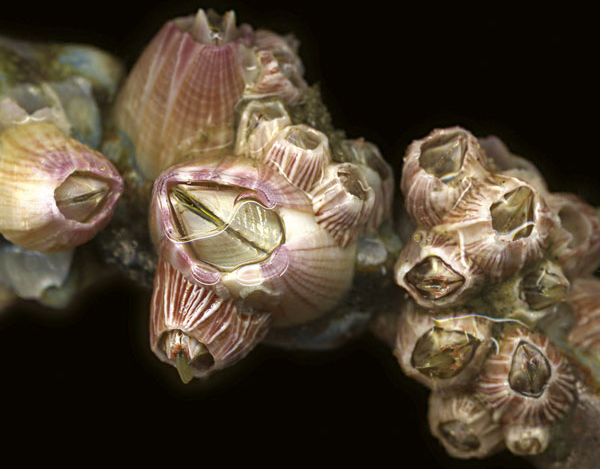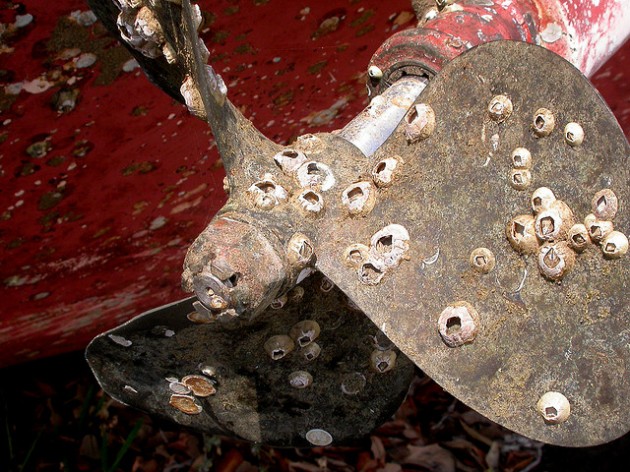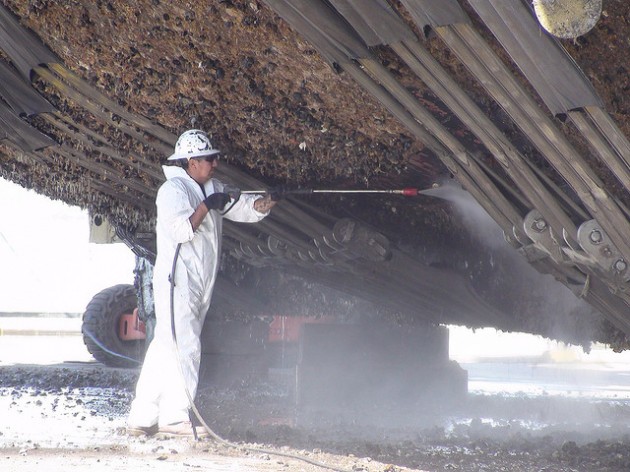They’re the bane of boatowners worldwide, but how much do you really know about barnacles?
Most boatowners will have plenty of experience of scraping the barnacles off their hull (or at least paying someone to do it for you), but there’s much more to these crusty critters than meets the eye.
1. Barnacles have the longest penis in relation to their body size of any animal as they need to reach across to a neighbouring barnacle to fertilise it.
2. Barnacles are arthropods, not crustaceans, and are more closely related to crabs and shrimps than shellfish.

3. The oldest fossil records show that barnacles lived 20 million years ago in the Neogene era.
4. Barnacles are hermaphrodites, meaning they contain both male and female reproductive parts.
5. A barnacle starts life as a free-swimming plankton known as a nauplius.
6. The nauplius evolves into a cyprid larva, which then starts to seek a surface it can cling on to.
7. Cyprids have chemical and touch sensors that can locate other adult barnacles and suitable surfaces.
8. It attaches itself head-first to a surface with the aid of cement glands on its antennae.
9. Once attached, it secretes a series of shell plates which make up a volcano-shaped cone with opening plates on top that allow it to extend its feathery legs to gather food.
10. A single adult barnacle can release over 10,000 larvae.
11. Over 1,220 species of barnacle have currently been identified. Boat owners hate them all.
12. The Spanish, however, consider the larger varieties a delicacy and serve them in a lemon and garlic sauce.
For top tips on how to remove barnacles, read our feature on anti-fouling your boat’s hull.













